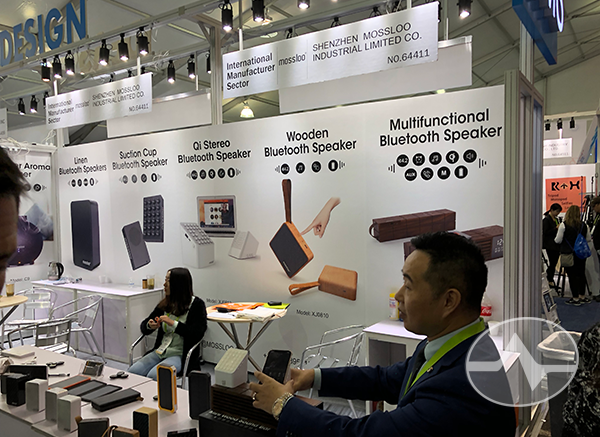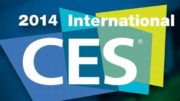There’s a trend you’ll find with all CES reporting this year. It’s not just me, either – if you’ve been searching blog after blog looking for something new and hot, you’re not finding it. Sure, there’s enough stuff to fill the “Best of CES” awards posts on your major tech blogs, but even those articles have to dig deep to find content and it you look at the stuff they pick, it’s not always something you would want. Certainly the Solid Signal blog team has found less to talk about this year than in previous years, and I’m sure you’ve noticed.
What most people don’t realize is that there’s a quiet revolution going on at CES. Sure, there are big TVs and as I’ve said before in other articles I think there’s a problem with the media’s obsession with them. However, in the last two years the show has really almost split in half. You have the big names who are using the show purely for advertising. Google could easily have spent $100 million here, taking over nearly every electronic sign on the strip and putting up its own massive booth in the parking lot of the convention center. Samsung and LG put on a big show and it’s pretty clear who they were doing it for — LG’s media desk was not only bigger than any other segment of its booth, but it was busier too. CES-as-a-commercial is really what’s going on here for these big names.
And then, there’s everyone else. The people you’ve never heard of, the people who actually make this show important. Like, for example, Solid Signal.
The really big change this year was the move of the “Design” pavilion from the Westgate Hotel (what you may remember as the old International Hilton) to its own standalone space between the Convention Center and Renaissance. This new, massive space is about the size of your average suburban shopping mall without the anchor stores, and it’s filled with small booths like the one you see in the picture above. These are the real starts of the CES show.
While there have been a few Chinese brands to penetrate Americans’ consciousnesses like TCL and Haier, most Chinese-made products are sold by someone else. Actually, everyone else. Everyone from Apple all the way to zWave contracts with a Chinese manufacturer to make their products, and a lot of that business starts with a quick meeting at CES. If you’re a company looking to make a big splash with a new product, what you do is find a manufacturer that makes something similar to what you want. Then you hire them to make something special for you, even putting your name on it if you want. You add your customer service, sales and support skills, and you have a winner!
Some people will still say that Chinese made products are “crap” and that they’re not worth buying. Obviously Apple, Microsoft, Google and other companies disagree and so do I. I’ll admit that you can get some very poorly made Chinese goods but it’s up to you. If you want the absolute lowest price, you can get it. You can easily get power adapters made in China for $1.00 including shipping if you want, and you know what you get for that price, of course. On the other hand you can pay $8 for a power adapter made in China and you’ll get top quality. I can’t say for certain but I am pretty sure that both Apple and Samsung source their power adapters from China and they are top notch.
Walking through the massive South Plaza, filled with small almost identical booths, I found a large number of very friendly folks who are anxious to start a relationship with a company in the US, and an equal number of people who are quite serious about starting a relationship with a company in China. Folks, this is the real CES. Get past the big booths with the dancing TVs and this is what CES is for. This is why the majority of businesspeople show up at the show, as opposed to what the media shows you. I think the South Plaza where all the Chinese manufacturers were, was the most consistently busy area. It didn’t have the massive crowds of the Samsung booth at midday, but it was just a smoothly dense group of real people walking around trying to do real business.
If that’s the way the CES show goes in the future, I’d be just fine with that. Leave the splashy advertising and roll-up TVs to someone else, somewhere else, and let’s get some work done.





